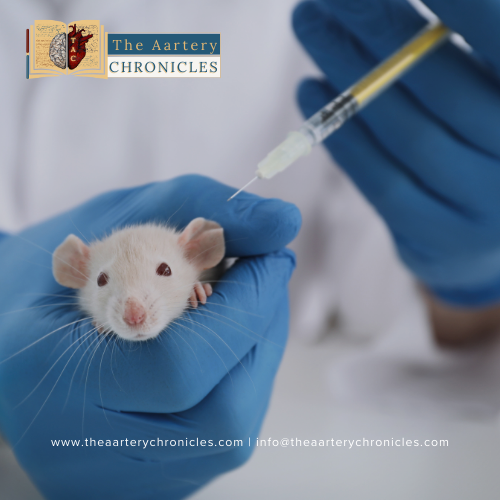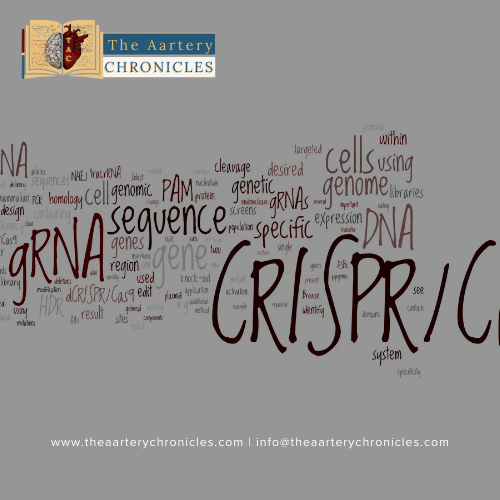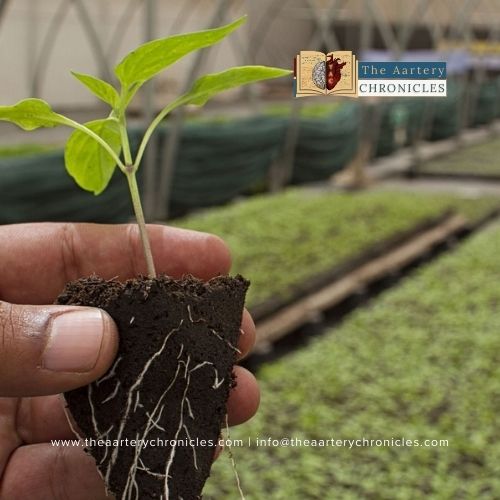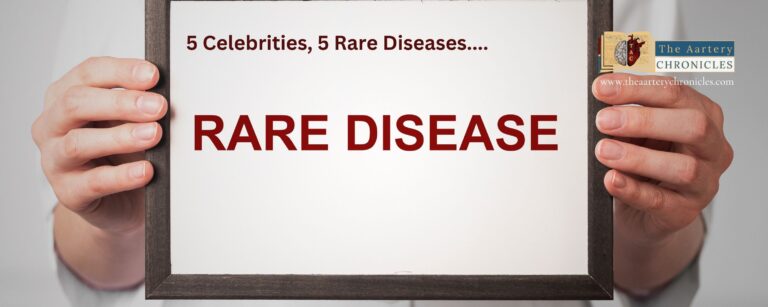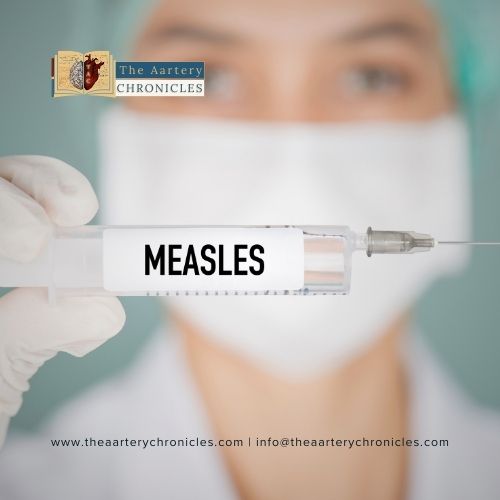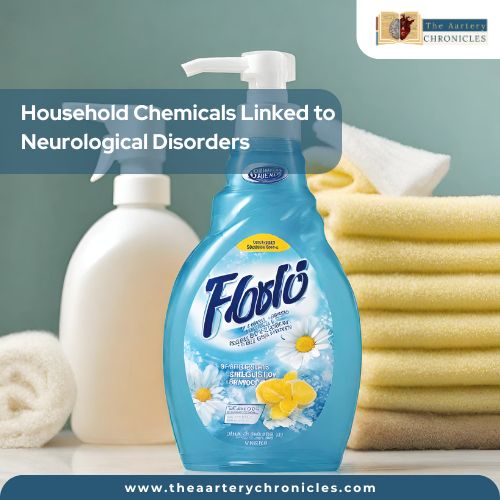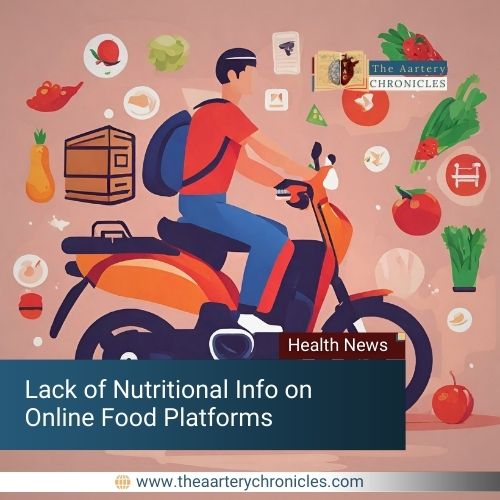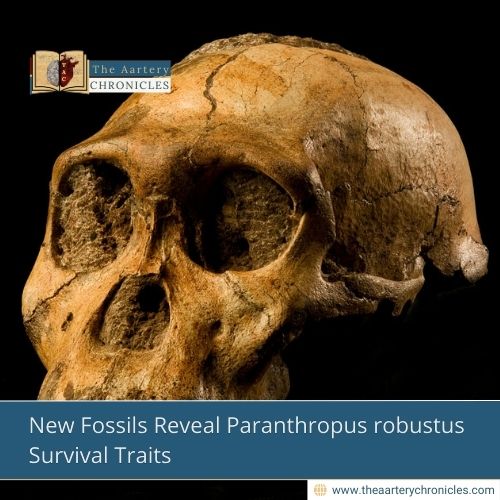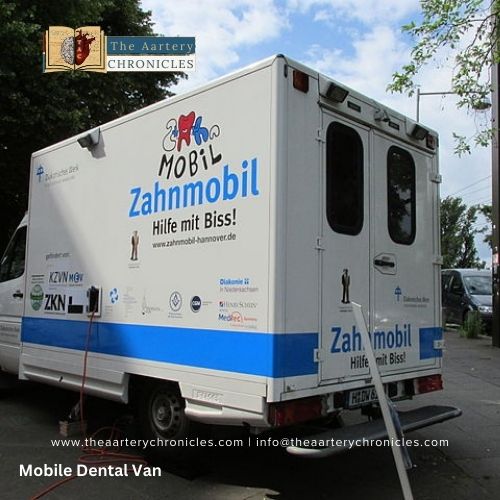
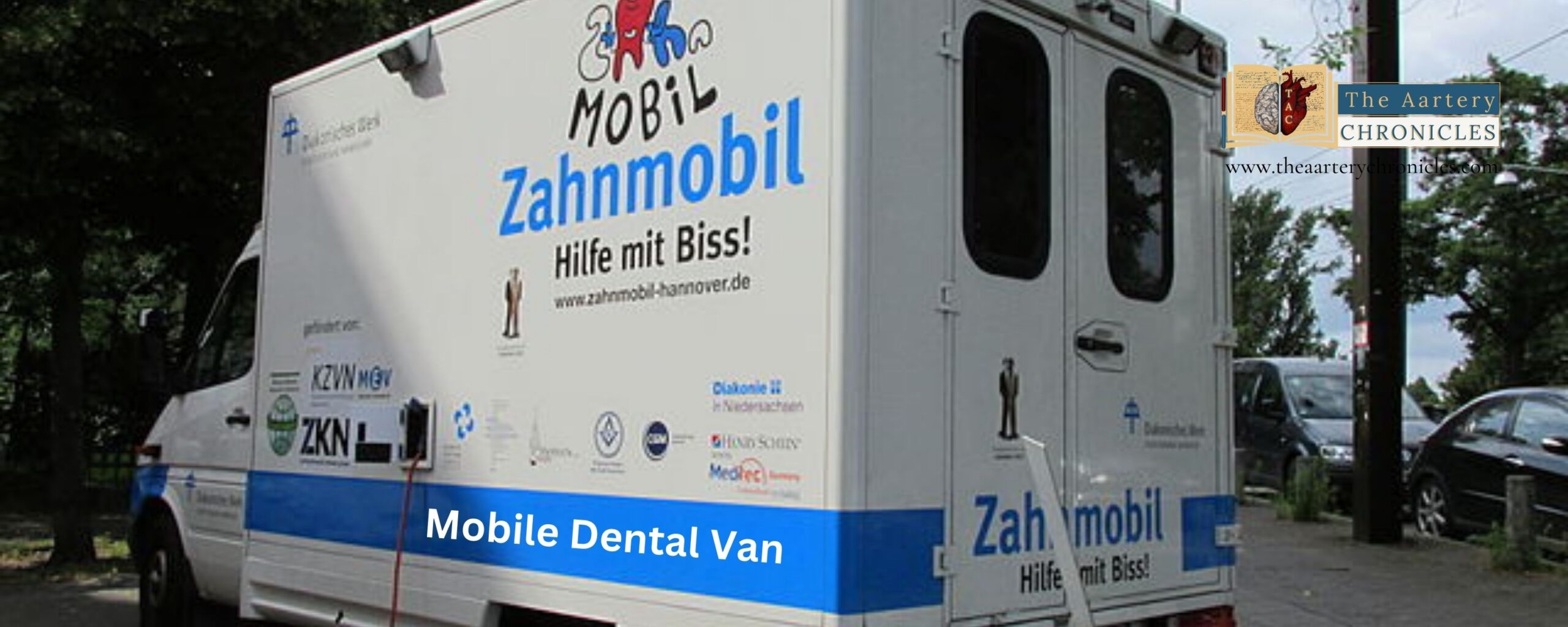
Revolutionizing Oral Healthcare: The Impact of Mobile Dental Vans on Communities
An Overview of Mobile Dental Van
In a country like India, where 64% of the overall population resides in rural areas, addressing oral health disparities between the urban and rural populations stands out as a major barrier. Factors such as poor socioeconomic status, inadequate infrastructure and resources, transportation barriers, and low health literacy rates contribute to the rural population’s limited access to dental healthcare. A multifaceted approach needs to be implemented in order to make oral healthcare affordable and accessible to all sections of society. Join us on a comprehensive exploration of mobile dental vans—a transformative solution that has proven instrumental in addressing these challenges, providing mobile, low-cost oral care for the underprivileged.
Mobile dental vans are autonomous portable units that have been proposed as an adjunct and alternative strategy for stationary conventional dental clinics for the provision of dental care to medically underserved strata of society and to promote community dental health. [1,2]
What is a Mobile Dental Van?
According to IAC (Indiana Administrative Code) 4-2-2, Section-2 “Mobile dental facility” is defined as “any self- contained facility in which dentistry will be practiced, which may be moved, towed, or transported from one location to another.” [3]
Manufacturers have customized heavy-duty motor vehicles like trucks, buses, or vans into mobile dental vans. These MDVs are self-contained transportation vehicles that house diagnostic and treatment dental equipment essential for rendering vital dental care. The vehicle consists of different compartments that are divided into:
- Generator compartment
- Driving compartment
- Registration counter
- Waiting area
- Dental surgery room [2]
An MDV may feature either basic or complex systems and equipment.
- In a basic system, you’ll find essential diagnostic instruments like mouth mirrors, probes, explorers, and tweezers.
- On the other hand, complex systems include advanced equipment such as a dental chair, ultrasonic scalers, radiographic tools for intraoral films, and instruments for restorations, extractions, and preventative operations.
Additionally, MDVs are equipped with a sterilizer, typically an autoclave, to facilitate a broader range of instrumentation in the vehicle. [2]
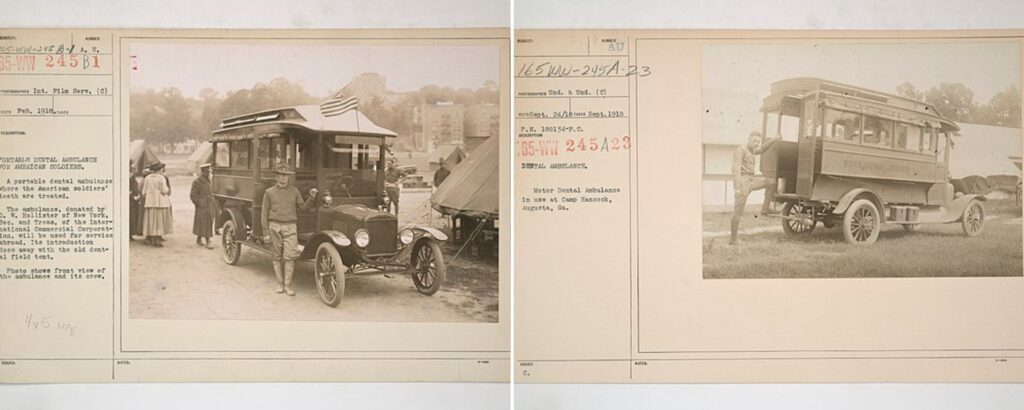
Brief History of Mobile Dental Van
In 1917, the army received a “dental ambulance” from the Cleveland Chapter of the Preparedness League of American Dentists, under the name of the Red Cross. The ambulance was operated by four dentists and one or two assistants. Dr. Talley Ballou, dental director of the Bureau of Mouth Hygiene, Virginia, is credited with being the first to advocate the use of a “Mobile Dental Van” outside of a military situation.
The advent of portable dentistry dates back to World War II. Each tactical unit’s dental officer carried a big shoulder pouch, and his assistant carried two smaller ones that held emergency medical supplies that might be required for dental pain management, temporary restorations, simple extractions, and emergency treatment of oral and maxillofacial injuries. [3]
Applications of Mobile Dental Vans
- Promotion and improvement of community dental health: A wide array of different procedures can be carried out in MDVs, such as oral prophylaxis, application of pit and fissure sealants, fluoride application, restorations, and simple extractions. These mobile units make oral healthcare readily accessible by addressing temporal, geographic, cultural, and transportation barriers to healthcare. [1]
- Imparting oral health education in schools and villages: The government of India has provided several dental institutions and colleges across the country to render essential dental care at the doorsteps of villages, schools and medically marginalized communities. [3]
- Screening for various oral and systemic diseases: Mobile dental vans also aid in the screening of oral as well as systematic diseases in conjunction with vaccination of children and high-risk individuals. [3]
- Boon for the medically underserved population: By making high-quality dental health services accessible and affordable to the marginalized strata of society, MDVs serve as a catalyst for eliminating urban-rural disparity in oral healthcare.[2]
- Utilization in the internship program: Since recent dental graduates and interns are less likely to be oriented towards public health, the MDV program bridges this gap by giving dental professionals a platform to participate in community service. [2]
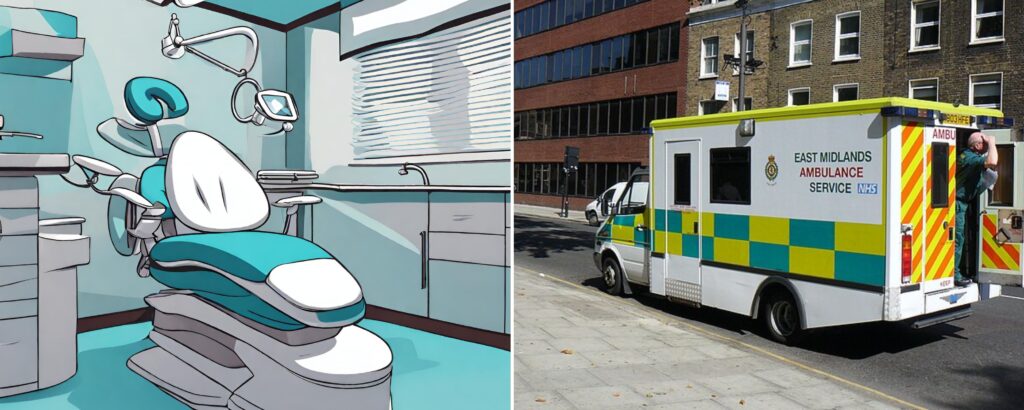
Limitations of the Mobile Dental Van
Although mobile dental vans have proven to be instrumental in rendering quality oral health care to the most vulnerable and isolated sections of society, they have certain limitations and drawbacks of their own. Some of these include:
- High cost of maintenance
- Limited space
- Limited procedures can be performed
- Impact of geography and weather-related hazards [3]
Conclusion
Access to affordable dental healthcare is the birthright of every individual in this world. While achieving this goal encounters several hindrances, a multifaceted approach becomes necessary, demanding collaborative efforts from dental health workers, dental associations, the government sector, non-profit organizations, and local civil society. Mobile dental vans, with their high portability, self-sufficiency, and cost-effectiveness, can turn out to be a promising strategy to overcome the socioeconomic, geographical, and transportation barriers to the provision of vital oral care
- Reach the Unreached – A Systematic Review on Mobile Dental Units - PMC (nih.gov)
- Utilization of a Mobile Dental Vehicle for Oral Healthcare in Rural Areas - PMC (nih.gov)
- Mobile and Portable Dental Services Catering to the Basic Oral Health Needs of the Underserved Population in Developing Countries: A Proposed Model - PMC (nih.gov)

Author: Dr. Anjali Singh
BDS [KGMC, Lucknow]
- Medicine and Diseases
- Nutrition and Diet







